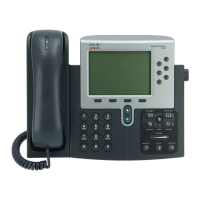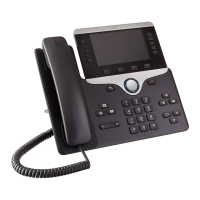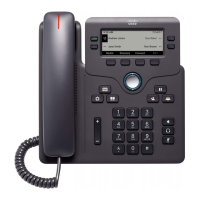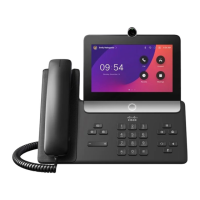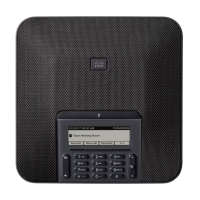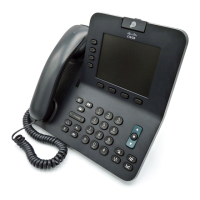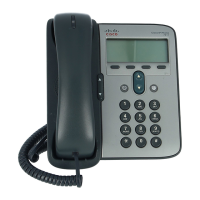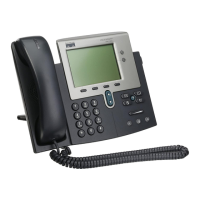Contents
iii
Cisco SIP IP Phone Administrator Guide
Modifying SIP Parameters via a TFTP Server 3-8
Modifying the Default SIP Configuration File 3-8
Modifying the Phone-Specific SIP Configuration File 3-23
Modifying the SIP Parameters Directly on Your Phone 3-26
Using the Command-Line Interface 3-30
Setting the Date, Time, and Daylight Saving Time 3-36
Erasing the Locally Defined Settings 3-41
Erasing the Locally Defined Network Settings 3-41
Erasing the Locally Defined SIP Settings 3-42
Accessing Status Information 3-42
Viewing Status Messages 3-43
Viewing Network Statistics 3-43
Viewing the Firmware Version 3-44
Upgrading the Cisco SIP IP Phone Firmware 3-44
Upgrading from Release2.2 or Later Releases to Release 4.0 3-45
Upgrading from Release2.1 or Earlier Releases to Release 4.0 3-45
Dual Booting from SCCP or MGCP to Release 4.0 3-46
Performing an Image Upgrade and Remote Reboot 3-46
APPENDIX
A SIP Compliance with RFC 3261 Information A-1
SIP Functions A-1
SIP Methods A-2
SIP Responses A-2
1xx Response—Information Responses A-2
2xx Response—Successful Responses A-3
3xx Response—Redirection Responses A-3
4xx Response—Request Failure Responses A-4
5xx Response—Server Failure Responses A-6
6xx Response—Global Responses A-7
SIP Header Fields A-7
SIP Session Description Protocol (SDP) Usage A-8
Transport Layer Protocols A-9
SIP Security A-9
Authentication A-9
SIP DNS Records Usage A-9
SIP DTMF Digit Transport A-9
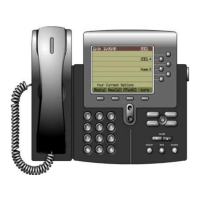
